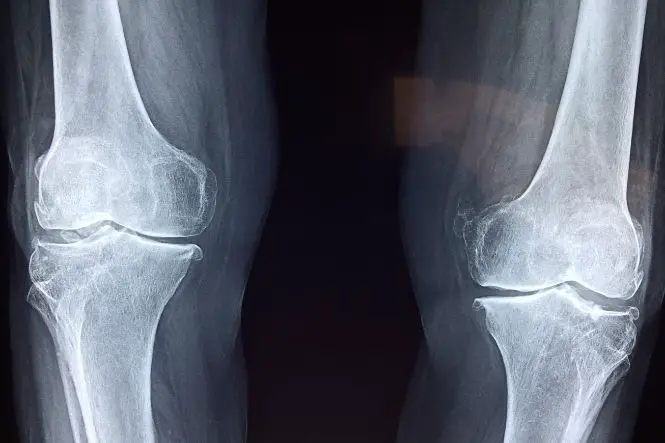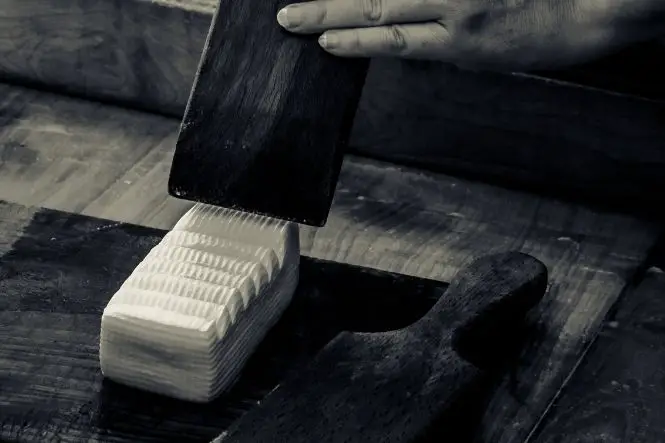Polymers are made of long molecules like chains that stick to each other (cross-link). Natural polymers include hair, wool and cellulose (in plants). Plastic is a synthetic polymer.
‘Silly Putty’
Silly Putty is the brand name for a polymer that bounces like a rubber ball, stretches when pulled slowly and breaks when pulled sharply, but forms a puddle or drips through a hole when left alone.
To make a homemade version, start with PVA glue. This is made of chains of a chemical called polyvinyl alcohol. Adding borax makes the chains cross-link.
Dissolve half a teaspoon of borax in half a cup of hot water and stir for a couple of minutes until as much dissolves as possible. Mix up a half cup of PVA glue and half a cup of water and stir well. Add one or two teaspoons of the borax solution to the diluted glue and mix well to make a rubbery putty. Pour off any excess liquid. Knead the putty until it is smooth (it’s probably a good idea to wear gloves).
Try with more or less borax – what happens? Adding less borax means that there a fewer bonds, so the putty will be thinner and more like slime. Try adding glitter or food colouring to the PVA before adding the borax to make coloured versions. Stretch the putty fast and then stretch it slowly – does it stretch or snap? Does it bounce?
Keep the putty wrapped up in clingfilm or in a plastic bag in the fridge to stop it drying out and going mouldy. Wash hands after playing with the putty.
The putty moves and flows because the cross-links break, the chains slip past each other, and then the cross-links form again. This polymer is called a ‘viscoelastic liquid’, because it is viscous (flows like liquid) and elastic (bouncy).
Milk Glue
Borax can also cross-link the proteins in milk to make glue. Warm a cup of skimmed milk (without boiling) and add two teaspoons of vinegar. Stir and strain out the lumps through a sieve lined with a piece of muslin or other thin material. Sprinkle the lumpy milk with a teaspoon of bicarbonate of soda to neutralise the acid (see ‘Acids and Alkalis: Making Gases’ and ‘Acids and Alkalis: Which Are Which?’). Mix half a teaspoon of borax into two tablespoons of warm water and stir for a couple of minutes until as much dissolves as possible. Add the milk lumps to the borax solution and leave overnight. The borax cross-links the milk proteins to make a polymer that can be used as glue. How good a glue is it? What does it stick together? Does it get smelly?
Cornflour
Cornflour mixed with water isn’t a polymer, but it does make a good slime, and like the putty, doesn’t behave like an ordinary liquid. Put some cornflour (flour made from maize) or custard powder in a bowl and mix in water, a bit at a time, until it’s a very thick paste. When stirred slowly, it acts like a liquid, and if stirred quickly it’s more like a solid. Touch it slowly and gently – it should be soft. Tap it hard and fast it should feel hard. Try squeezing it into a ball and then dropping the ball on the table.
It is a ‘shear-thickening’ or ‘dilatant’ fluid, which becomes more solid when exposed to stress, like stirring or tapping. Toothpaste and tomato sauce are ‘shear-thinning’, getting thinner when pushed or squeezed (otherwise, they would never come out of the tube or bottle).






